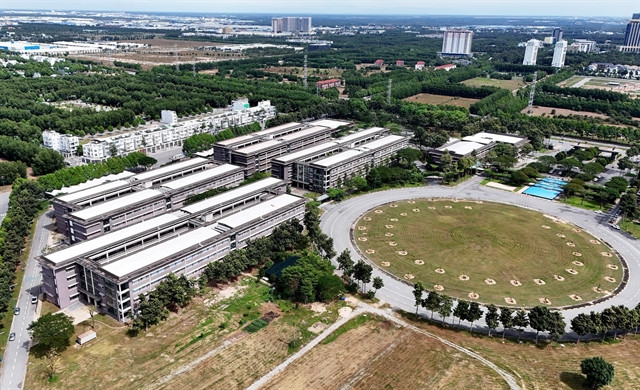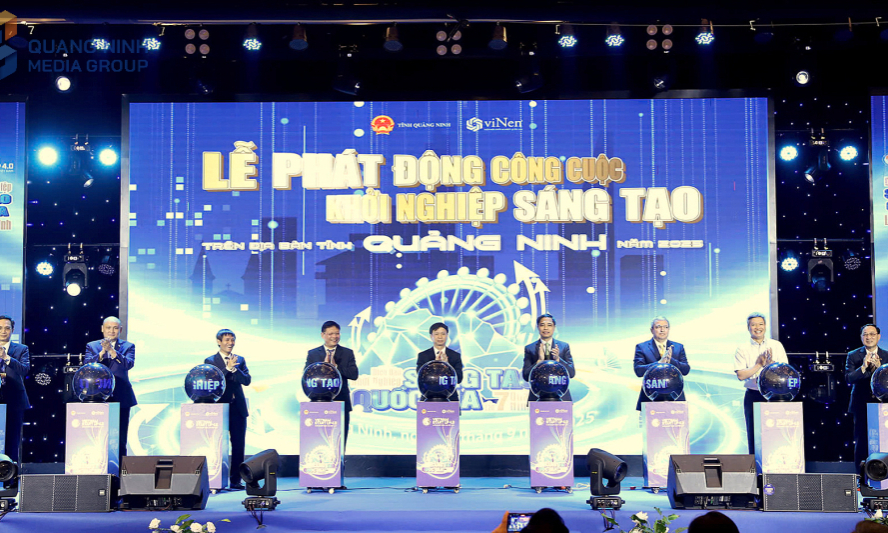Việt Nam approves plan to develop high-tech human resources
Deputy Prime Minister Lê Thành Long has approved a national plan to develop high-quality human resources for the high-tech sector from 2025 to 2035, with a vision to 2045.
Deputy Prime Minister Lê Thành Long has approved a national plan to develop high-quality human resources for the high-tech sector from 2025 to 2035, with a vision to 2045.
Under Decision No. 1002/QĐ-TTg dated May 24, 2025, the scheme aims to strengthen Việt Nam’s science, technology, engineering and mathematics (STEM) capacity, fostering a workforce capable of driving innovation and participating in advanced research in strategic high-tech industries. It also seeks to enhance Việt Nam’s competitiveness in attracting global tech giants and support the country’s sustainable economic transformation through science, technology, innovation, digitalisation, and green transition.
By 2030, the plan targets a major increase in students pursuing advanced STEM degrees, particularly in core sciences, digital technology, artificial intelligence (AI), and biotechnology. At least 35 per cent of students at each education level are expected to study STEM subjects.
The country aims to have 80,000 graduates per year in information and communications technology, with 10 per cent earning engineering, master's, or doctoral degrees. In AI, the goal is 8,000 graduates, with 20 per cent obtaining postgraduate qualifications.
The scheme also prioritises linking education with strong research groups in core sciences and key technologies to support national high-tech and strategic technology initiatives.
Between 2030 and 2035, Việt Nam aims to have 100,000 ICT graduates a year, with 15 per cent at the postgraduate level. For AI, the annual target is 15,000 graduates, including 20 per cent with advanced degrees.
At least 50 high-performing research teams in STEM are to be established, including 30 in strategic technologies. The country also aims to improve its global standing in STEM-related scientific publications.
By 2045, Việt Nam envisions its highly skilled STEM workforce as a core national asset, enhancing its competitiveness in high-tech investment, particularly in strategic sectors. The goal is for Vietnamese higher education institutions to rank among Asia’s leaders in STEM education and research, especially in digital technology, AI, and biotechnology.
Key tasks and measures
To achieve these goals, the government has outlined six key measures, including enhancing investment policies for STEM education, providing financial support for STEM students, and developing and implementing policies to attract and retain talented lecturers.
The Ministry of Education and Training will develop standards for talent programmes, set criteria for selecting institutions, allocate training quotas, and guide investment in laboratories and talent-oriented curricula.
The Ministry of Science and Technology will coordinate research and development tasks aligned with strategic technology goals and doctoral STEM training, while the Ministry of Finance will work with relevant bodies to review and allocate state budget resources in line with public investment regulations.






